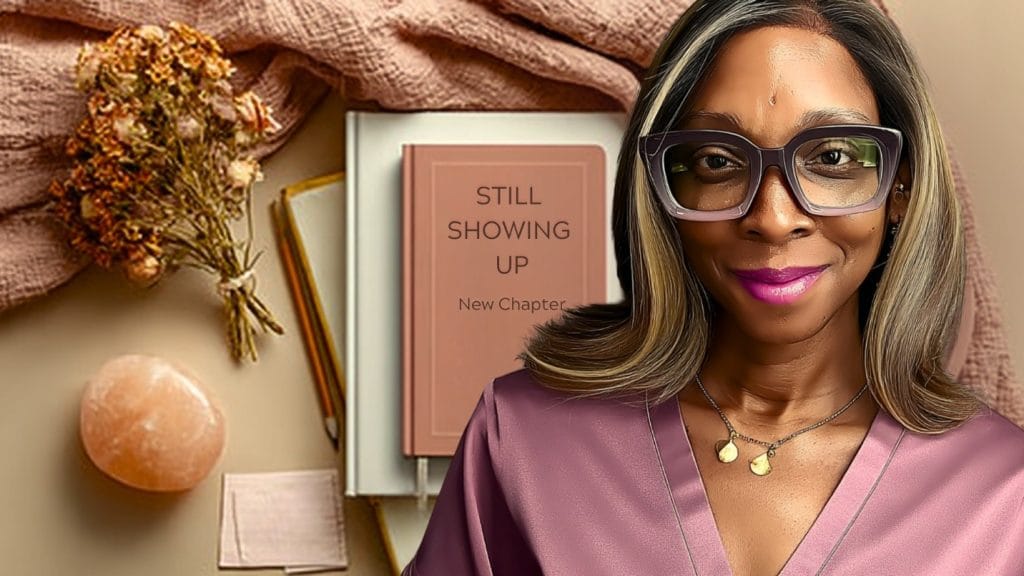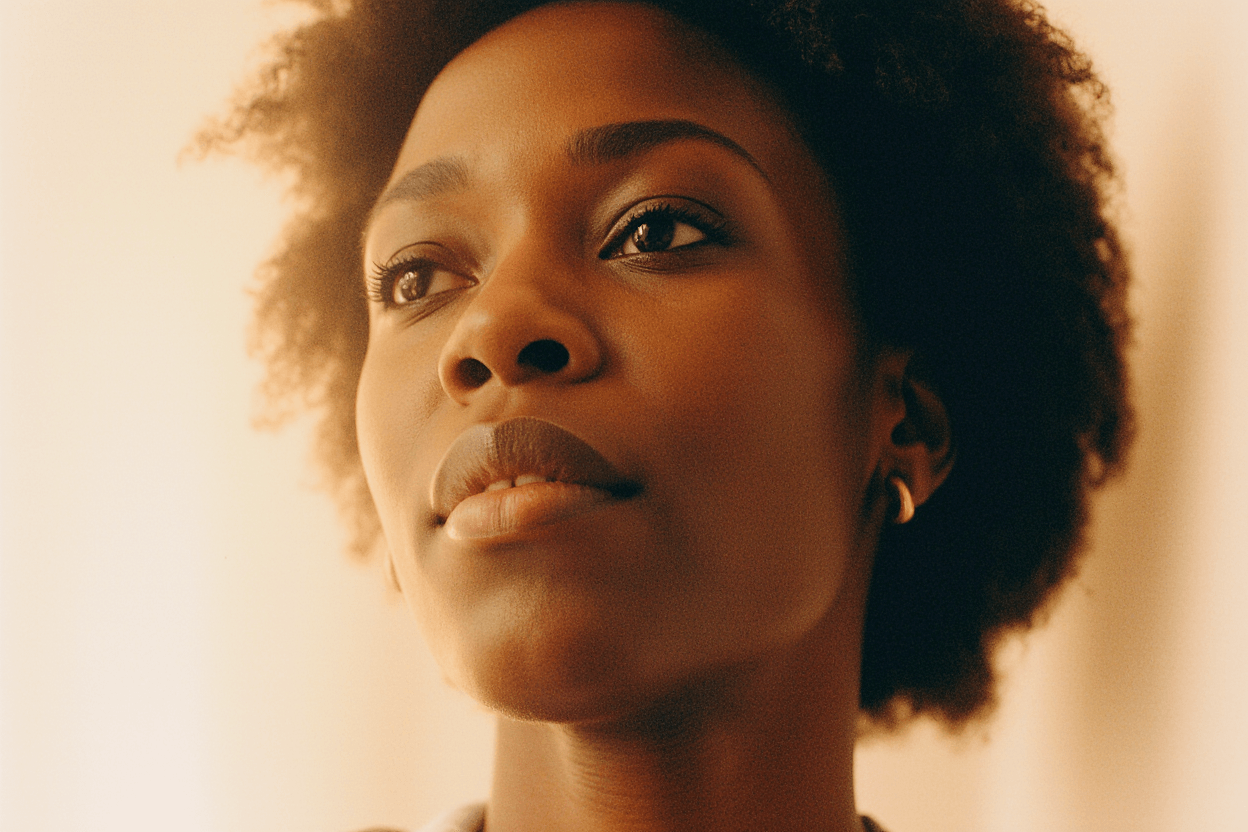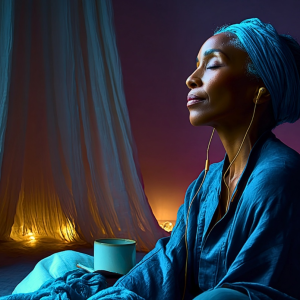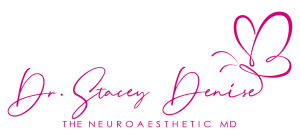Some wounds don’t bleed. They whisper.
They show up in the way you flinch at affection, freeze when asked how you feel, or feel bone-tired after doing everything “right.”
And when the world doesn’t see those wounds, it tells you you’re fine.
But the brain remembers differently.
This Is Not Burnout—It’s Unrecognized Injury
I didn’t start creating the Neuroaesthetic Reset™ program just because I’m a physician.
Or an artist.
Or a woman with degrees and tools and the “right” words.
I started because I’ve lived in a body that looked high-functioning—but was quietly breaking down.
I was the strong one. The smart one. The responsible one.
And underneath? I was dissociating, over-adapting, and carrying emotional bruises that never got names.
This isn’t just my story.
It’s the story of so many women I work with:
- High-functioning neurodivergent women who’ve never “looked autistic”
- Women with alexithymia, who can tell you what everyone else needs but can’t name their own emotions
- Black and brown women who’ve been taught survival is the same as health
When the Injury Is Invisible, So Is the Care
Let’s talk about what science now confirms:
Chronic emotional trauma doesn’t just leave a mark on your heart. It reshapes your brain and your body in ways you can’t always see, but you can definitely feel.
Research shows that Adverse Childhood Experiences (ACEs) can shrink the hippocampus—the part of your brain that helps you learn, remember, and make sense of your story. At the same time, ACEs ramp up activity in the amygdala, your brain’s built-in alarm system for fear and threat (Teicher, et. al., 2016).
Long-term stress doesn’t just weigh on your mind. It stirs up inflammation throughout the body, weakens your immune defenses, and chips away at your executive function which are the skills you need to plan, focus, and adapt.
For women with alexithymia (difficulty identifying and expressing feelings), studies show there’s disrupted connectivity between the brain’s emotional centers and its sensory regions. This disconnection contributes to the ‘body-brain gap,’ meaning feelings can get stuck in the body, showing up as tension, pain, or that familiar sense of being “numb” or “shut down” (Goerlich et al., 2014; Hogeveen et al., 2019).
But here’s the deeper truth:
These aren’t just numbers or brain scans. They’re the hidden reasons why “just breathe” can feel impossible. Why self-care sometimes feels like another thing to fail at. Why weight gain, inflammation, anxiety, and exhaustion can be so hard to explain—even to yourself.
What gets dismissed as laziness or “just anxiety” is often the neural residue of never feeling safe enough to fully relax. When the injury is invisible, the care we need is often invisible too. That’s why I believe healing must be as creative and nuanced as the lives we lead.
Art is the medicine. Design is the therapy. Healing is the evolution.
Why So Many Women Don’t Get Diagnosed
We’re taught to push through. Smile. Achieve. Mask.
So when the brain begins to quietly fray—from microaggressions, survival parenting, financial trauma, grief—we don’t collapse. We over-function.
That’s the betrayal of high functioning:
You still get applauded while your nervous system deteriorates.
And because the injury isn’t visible—because it doesn’t show up on a scan—we’re not given language. Or tools. Or time to heal.
Instead, we’re handed kale. Cardio. And a calendar of stretch goals.

My Silence Didn’t Protect Me. So I Created a New Framework
I’ve seen the limits of traditional “wellness.” I’ve watched women of color, neurodivergent women, trauma-affected women be handed behavioral advice as if they were machines.
So I created the Neuroaesthetic Reset™—not as another plan to follow, but as a sensory return to safety.
This is not self-care. This is self-rescue.
In this model, we don’t start with food, sleep, or steps. We start with:
- Color that speaks directly to the nervous system like blue hues reducing amygdala reactivity by 23%. (The amygdala is the part of your brain that helps you feel fear or stress. When it’s really active, you might feel anxious or on edge.)
- Space that reduces overstimulation and micro-threats (predictable rituals lower cortisol by 17%; (Alkozei, et. al., 2021)
- Emotionally congruent rituals that teach the brain how to feel again, safely (structured art-making improves insula activation by 34% (The insula is the part of your brain that helps you notice what’s happening in your body and how you feel inside.)(Brooks, et. al., 2016)
We focus on regulating the tone of the body before changing the behavior of the body.
What You Might Be Calling “Too Sensitive” Is Actually Too Aware
Many of the women I work with aren’t broken. They’re just over-calibrated to environments that keep gaslighting their nervous system.
They’re:
- Deep feelers who never learned emotional language
- Survivors of homes where rest = punishment
- Masked autistics who taught their faces to smile while their bodies screamed no
They’re not mentally ill.
They’re neurally unacknowledged.
This Isn’t Just Research—It’s a Revolution of Remembrance
What we call “wellness” often centers comfort. But healing is disruptive. It’s messy. It requires new rituals, new definitions, new symbols.
We are not mentally unwell because we’re dramatic.
We are unwell because the brain remembers what the world refuses to.
Reflection + Invitation
If this feels like your story—half told, half healed—I want to offer you language. And then tools. And then sanctuary.
This is the first in a three-part series designed to bring neuroscience, narrative, and neuroaesthetics into real-time healing for women like us.
In the next piece, we’ll talk about how ritual rewires the brain—and why repetition is not redundancy, but repatterning.
For now, ask yourself:
What if your exhaustion is a symptom of unacknowledged neural injury?
What if your sensitivity is intelligence—not pathology?
Want to Begin Reclaiming Your Rhythm?
Let’s find your first calm color, your first small ritual, your first return to safety.
- Start with The Color Reset Quiz:
Discover your unique color archetype and get a personalized entry point into nervous system healing.
Take the Quiz - Ready to go deeper?
Explore the Neuroaesthetic Reset™ Program—a guided journey for women ready to heal without performance or perfection.
Learn More & Join the Beta Cohort
Art is the Medicine. Design is the Therapy. Healing is the Evolution.
— Dr. Stacey Denise










